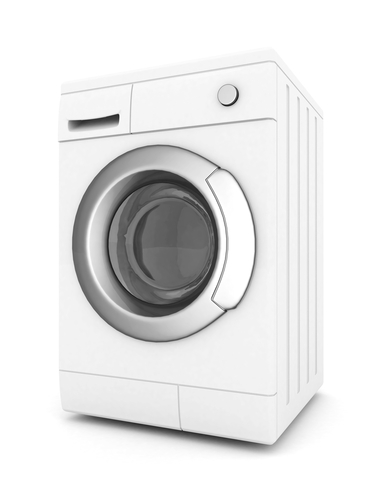Work Done
The term 'work done' is another way of saying 'energy transferred'. It is a quantity measured in Joules.
When a force causes an object to be moved through a given distance, we say that the object has experienced displacement. This means 'distance moved in a given direction'. In doing so, this will have required energy to be transferred, and therefore the force has done work on the object.
For example, when a car pulls a trailer, it requires force to drag it on the road. The car will then drive, pulling the trailer behind it. The distance that the trailer is forced to move in a given direction is its displacement.
To calculate the work done in a process, you just need to multiply force (in Newtons) by displacement (in metres).
The equation is:
Work Done = Force x Displacement
Machines
What does work done have to do with machines? It is essentially the reason that they work! A machine is a device that has a particular function, and it relies on a series of connected parts moving together to achieve its purpose. The parts will only have displacement when they have a force applied to them. In turn, the machine can then transfer its own forces to push, or pull, or to change an object's shape. Therefore, a machine is a device that does work.


The washing machine and the sewing machine are two examples of machines that you may find in the home. Both consist of moving parts that transfer forces and do work on objects.
Conservation of Work
Let's look deeper at how machines actually function.
It is important to understand that work done is constant. In other words, when energy is transferred from one part of a machine to another, the value in Joules will be the same for both parts. This is because energy must be conserved. This allows machines to perform their jobs. Here is an example:

A jack is type of lever that can lift a car. It works because the person using it will press down on their side of the lever. So, they are applying a force and making it go through a displacement. (Therefore, they are doing work on the lever). Now, the car is extremely heavy, but weight is a force. As the lever is connecting the person to the car, the work that they apply to the lever will be transferred to the car. This will allow the car to experience a displacement (in this case, it is forced upwards).
So, the machine does something that a person could not possibly do with their bare hands, and it is all because of work done = force x displacement
Types of machine
Nearly all machines can be classified into six general categories. They are:
- Levers: such as the jack that we have just seen, for lifting heavy objects
- Pulleys: which also lift objects, by connecting them with string or rope
- Screws: which twist objects
- Wedges: which cut into objects, like knives and axes
- Wheel and axle: for example, a doorknob
- Inclined planes: which are just slopes that allow us to move objects up, like ramps
Now that you have seen the way that machines work, have a go at testing your understanding in this activity.








